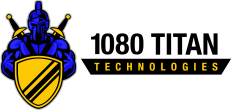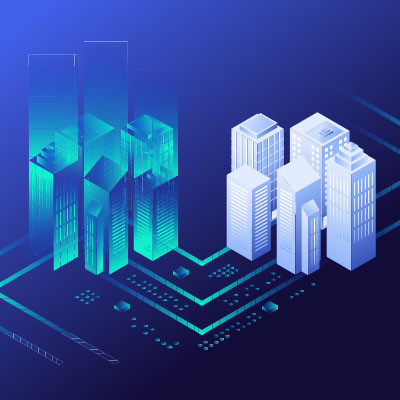A digital twin could arguably be seen as a somewhat niche technological innovation. Regardless, they are an invaluable resource to quite a few industries that help the businesses that use them optimize their processes. Let’s go over what a digital twin is, and how it helps a few different business types meet their needs.
So, what is a digital twin?
A Digital Twin is a Virtualized Copy of a Physical Asset
That’s the long and the short of it. A digital twin draws on real-life data to help you refine and adjust your processes, whether that digital twin simulates a product, process, or entire environment. By collecting data from its actual counterpart, the digital twin allows you to model your projected results and make the appropriate adjustments to improve them.
To collect, store, and process this kind of data, digital twins rely on a few different technologies:
- The Internet of Things is the foundation that enables digital twins to work. By collecting and processing information, the IoT constantly updates the data you’re receiving, so the digital twin can represent a given technology in real-time.
- The cloud enables a digital twin to store and access the vast amounts of data it relies on to function, as well as provides the computing power needed to mimic complicated systems.
- Artificial intelligence helps a digital twin crunch all the data it collects, drawing more detailed insights out of it and improving the quality of the conclusions that can be derived.
- Extended reality—an umbrella term for immersive technologies like virtual and augmented reality—makes it so that different technologies can be digitally replicated and interacted with as different strategies are implemented.
How Can Digital Twins Be Used?
Different industries all have different ways to take advantage of this technology. For instance:
Aviation
From aircraft design to maintenance, digital twins can prove extremely useful for planes and managing their operations. Boeing, for instance, uses digital twins to test their parts and designs to ensure commercial and military aircraft are as safe as possible.
Agriculture
Digital twins fill various needs in this market sector, largely helping to meet the growing needs of the world’s rising population. From resource optimization to weather modeling to livestock monitoring to supply chain management, digital twins make a litany of the related processes far simpler.
Manufacturing
The manufacturing industry, similarly to the aviation industry, can get a lot of value out of digital twins. Take the prototyping process. It is much more cost-effective to design and test a prototype digitally to help determine where it can be improved. Pair that with the capabilities a digital twin has in terms of asset tracking, and the benefits span the entire process.
Medical
Digital twins can offer a full range of benefits to the medical industry. Medical equipment is notoriously expensive to procure and replace, so using a digital twin to help maintain it helps save providers a ton of money over time. Digital twins can also be made of anonymized patient data to help improve diagnostic capabilities and clinical research.
This has been a very, very small sample of what digital twins are capable of helping a business accomplish—not just in terms of how many industries we covered, but also in what the technology can feasibly do for them.
We’re here to help you ensure your technology serves your business in every way it can, too. Give us a call for a consultation so we can determine how we can help you at (404) 800-7946.



